Filter by
Publications (200)
RSS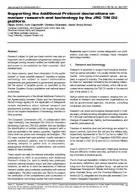
ESARDA Bulletin N.62 - The European Commission JRC, in collaboration with Liege University, has developed the Tools for Innovation Monitoring Dual-use (TIM DU) platform that can facilitate the identification of entities publishing research with a dual-use potential in the various countries.
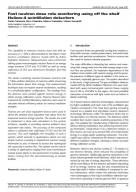
ESARDA Bulletin N.62 - This work highlights the versatility of such a system, which extends to applications where not only simple neutron counting is required but neutron energy information is also of interest to assess the radiological risk caused by a neutron flux.
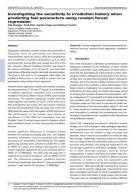
ESARDA Bulletin N.62 - The goal of this work is to investigate what effect the irradiation history has on the ability to predict the fuel parameters using random forest regression.
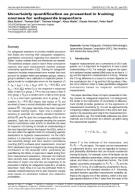
ESARDA Bulletin N.62 - The statistical analysis used to reach these conclusions requires that each measurement method undergo uncertainty quantification (UQ). Training for safeguards inspectors includes measurement error models that must account for variation within and between groups.

ESARDA Bulletin N.62 - This work builds on previous efforts, and systematically studies the effects of assumptions about the fuel properties (such as its dimensions) and its irradiation conditions in the reactor, on the Rossi-Alpha Distribution (RAD) and τ.
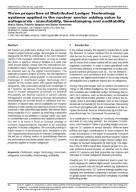
ESARDA Bulletin N.62 - The exploratory research project SLT4SFG, has the objective to provide an evidence-based analysis on the benefits and challenges of Distributed Ledger Technology (DLT) systems for the nuclear sector, with special emphasis on safeguards.
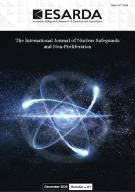
ESARDA Bulletin N.61, The International Journal of Nuclear Safeguards and Non-Proliferation
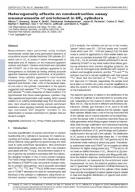
ESARDA Bulletin N.61 - Measurements were per formed using multiple mechanically cooled high-purity germanium detectors at six positions around standard industrial 30B cylinders of UF6 to assess if matrix inhomogeneity is detectable and its impacts on the measured apparent uranium enrichment.

ESARDA Bulletin N.61 - We report here on the results of PGET measurements at the Finnish nuclear power plants during the years 2017-2020. The PGET prototype device developed by IAEA and partners was used during 2017-2019, whereas an updated device was used in 2020.
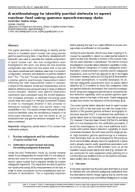
ESARDA Bulletin N.61 - This paper describes a methodology to identify partial defects in modelled spent nuclear fuel using passive gamma spectroscopy data. A fuel library, developed with Serpent2, was used to calculate the material composition of spent nuclear fuel.
